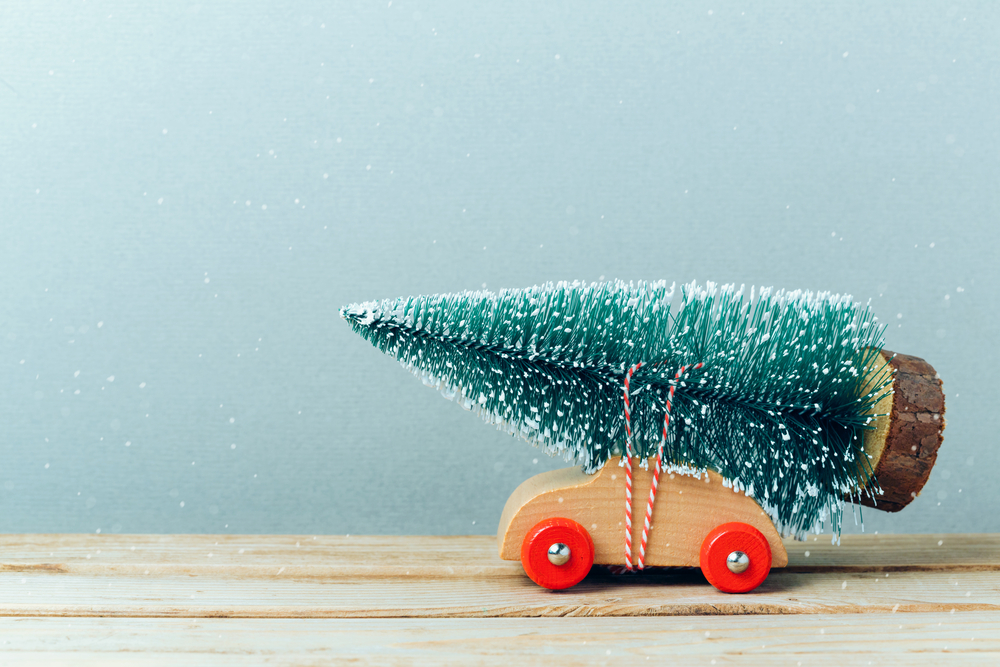Minimize Waste This Holiday Season
Households worldwide create 30% more waste than usual over the Christmas period.
With little effort you can have a greener Christmas by reusing and recycling your waste. While some towns don’t have municipal recycling services, recycling programmes in communities are widespread. After the festivities, separate all those items that can be reused or recycled.
Here’s how to recycle:
Packaging
Gift wrapping paper can be recycled as long as it’s not made from plastic cellophane, or has a metallic compound and glitter. As a general rule, if you can easily rip wrapping paper, it should be fine to recycle it. The same goes for envelopes and paper cards. Cardboard boxes can be recycled, but should be flattened. While plastic shopping bags can be recycled, bubble wrap can’t. Rather reuse it for wrapping fragile gifts or items in storage.
Food containers
Plastic and cardboard food and beverage containers such as plastic bottles, ice-cream containers and milk cartons can go into the recycling bin, but the golden rule is that they should be clean and empty. By recycling these you can make a huge difference in reducing the impact of waste on the environment. The average time it takes for a plastic bottle to completely degrade is at least 450 years, and it can even take 1000 years for some bottles to break down naturally. Soft drink cans can be recycled, too.
Glass
Wine bottles and glass containers can be recycled. And they should be, as glass is one of the longest-lasting man-made materials. Estimates are that it takes one million years for a glass bottle to break down naturally. If some wine glasses get broken in the merriment, keep in mind that broken glass should not be recycled – rather wrap it and throw it away with your general waste.
Trees
If you have the real thing, your Christmas tree can be reused for compost. It can be chopped up for your home composting bin, or check with your municipality if there is a specific place to dispose of Christmas trees. Natural materials on wreaths, such as ivy and fir cones, can also be used for composting. If you want to have a real Christmas tree next year, buy one with roots and let it grow so you can use it again.
The no-no’s for your recycle bin:
Plastic Christmas tree: try to reuse it, but if you need to throw it away it has to go into your rubbish bin.
Christmas tree lights and candles: light bulbs can be disposed of in special containers at many retail stores.
Tinsel and baubles are not recyclable. If they are not reusable they should go into your rubbish bin.
Ribbons and bows also can’t be recycled but can be reused.
Batteries: electronic gifts are regulars under the Christmas tree and many children’s toys are battery-powered. Dispose of the batteries at special bins for hazardous waste – many supermarkets have them. Batteries contain a number of heavy metals and toxic chemicals and disposing of them with regular trash can contaminate the environment and pollute water. Rory Murray, marketing director of Tuffy Brands.

